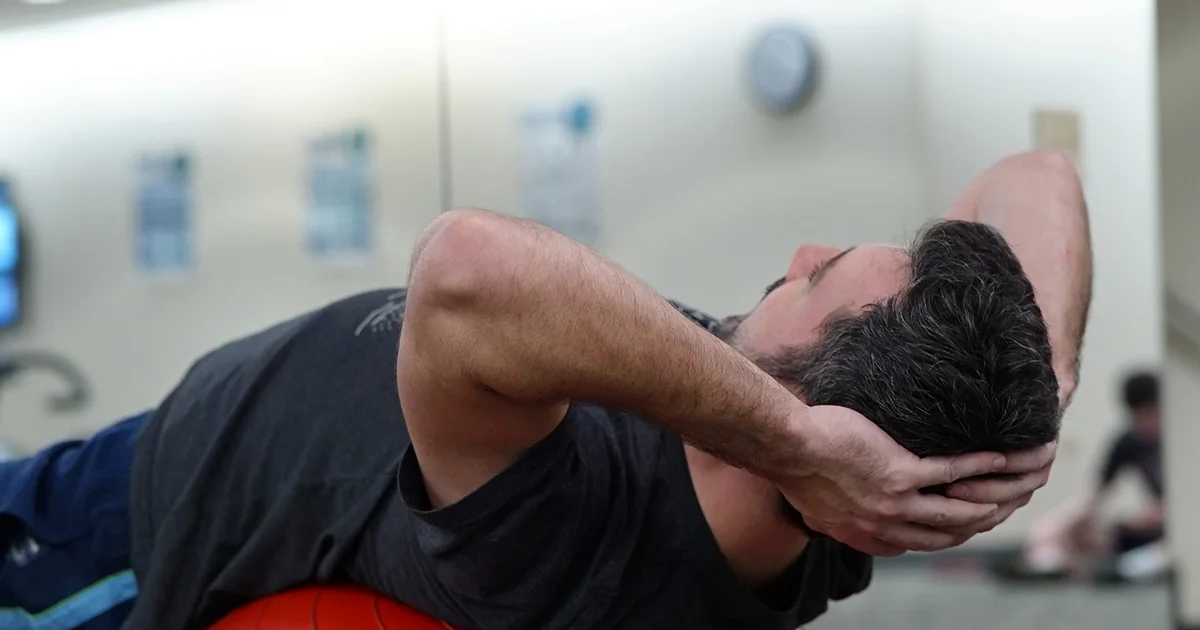Here's what we'll cover
Here's what we'll cover
Vitamin E, like Liam Neeson’s character in Taken, has a very particular set of skills.
These skills make this vitamin and antioxidant a nightmare for free radicals. Free radicals are naturally created compounds. When they’re left unchecked, or unbalanced by antioxidants, it’s called oxidative stress, and this state can lead to cellular damage.
Oxidative stress has been linked to serious diseases like type 2 diabetes, cardiovascular diseases, neurodegenerative diseases like Alzheimer’s and Parkinson’s, and cancer. It may not be trafficking, but that’s still pretty serious (Liguori, 2018).
This vitamin antioxidant is made up of eight compounds; alpha-tocopherol is the most active of them in humans. Vitamin E is also fat-soluble. That means we store this vitamin and use it when needed, but also that striking the right balance is necessary.
We can get too much vitamin E, and doing so may cause some serious side effects. But though this fat-soluble vitamin gets a lot of attention for its powerful antioxidant properties, you might not be aware that this is also the source of its benefits for our bone health.
Vitamin E and bone health
Vitamin E isn’t one of the nutrients you think of when talking about bones. Vitamin D, calcium, maybe even magnesium come up regularly—but make no mistake, vitamin E is absolutely critical for healthy bones.
Vitamin E may be able to preserve bone mass and reduce the risk of bone fracture, even in postmenopausal women. It may also support healthy bone turnover, a process in which broken down tissue is followed by strong, healthy bone growth with little change in shape.
Understanding oxidative stress can help you understand more about your bone health. Just as antioxidants and free radicals should be in balance for proper health, so too should osteoblasts (bone-building cells) and osteoclasts (cells that break down bone) for ideal bone health. If they’re in balance, bone formation and bone remodeling, a process in which bones are broken down and rebuilt, can happen as they should.
But if these become imbalanced, especially in favor of osteoclasts, bone health starts to slip. When more bone is being broken down or reabsorbed than formed, conditions associated with improper bone metabolism and reduced bone strength such as osteopenia or osteoporosis can happen (Mohamed, 2012).For the record, oxidative stress and bone remodeling are similar processes because they’re linked. Osteoclasts have the ability to release free radicals such as reactive oxygen species that will break down calcified bone tissue. This calcification, or build-up of calcium crystals on an area of tissue, is what gives your bones strength.
Calcium isn’t the only mineral that builds upon the scaffolding of your bones, but together all of these minerals determine your bone mineral density—or just how many minerals you have on these structures in a given area. The more minerals, the stronger your bones are. Vitamin E supplementation balances out these free radicals, protecting bone density from bone loss.But much of what we think we know about the abilities of vitamin E comes from animal studies. Vitamin E may offer smokers, who are at an increased fracture risk and risk of bone resorption, some protection by countering the oxidative damage done by nicotine.
Researchers even noticed using bone histomorphometry (a technology that can map the composition of bones) that vitamin E reversed the damage. In animal models, vitamin E is also able to boost the growth of trabecular bone (the spongy kind in the interior of your bones)—but we cannot be sure either of these things holds true in humans (Hermizi, 2008).
Benefits of vitamin E
Vitamin E is easily best known as an antioxidant and free-radical fighter. But protecting cells from oxidative damage, the harm done to cells when your body is in a state of oxidative stress, is far from the only health benefit of vitamin E.
There are other potential health benefits of vitamin E, but more research is needed to confirm they hold true in general populations. Vitamin E may play an important role in immunity. There are some previous studies that support the idea that vitamin E stimulates the immune system and increases resistance to infections.
Findings, however, are mixed, with some studies showing little effect from the vitamin antioxidant. Natural killer cells, a type of white blood cell that fights tumors and viruses, seems related to blood levels of vitamin E. But each form of vitamin E appears to have different effects on immune cells, so more research is needed to clarify these relationships fully (Lee, 2018).
There’s some research that suggests that vitamin E is associated with a lower risk of coronary heart disease, but when it’s consumed in dietary sources. There isn’t much scientific evidence that vitamin E supplementation carries the same benefits (Saremi, 2010).
More research needs to be done to see if the role of vitamin E might include some protective functions for our heart health.
How to get enough vitamin E
The recommended dietary allowance (RDA) of vitamin E is relatively low, meaning it shouldn’t be too difficult to meet through dietary intake alone. You can boost your vitamin E intake with common foods you may already be eating, such as:
Vegetable oils (sunflower, safflower, wheat germ, corn)
Nuts (peanuts, almonds, hazelnuts)
Seeds (sunflower seeds, pine nuts)
Green, leafy vegetables (broccoli, spinach)
Seafood and shellfish (salmon, abalone, rainbow trout)
Fruit (avocado, mango, kiwi, blackberry)
But the effects of vitamin E are important enough that we also add it back into foods. Since the germ is where grains hold their vitamin E and this is stripped out during processing, you’ll see it added back to certain foods like some breakfast cereals.Dietary supplements are also an option, however, especially for people with low serum concentrations (as tested by a healthcare professional). True vitamin E deficiency is rare but may be treated with high-dose vitamin E.
Medical conditions that interfere with gut absorption of the vitamin, such as gastrointestinal diseases, may be a risk factor for developing a deficiency. In some cases, people following a very low-fat diet may also have low levels of this vitamin.
Most over-the-counter options are for tocopherol supplementation, which some people buy for their potential positive effects from antioxidant activity. If you do choose to try vitamin E or alpha-tocopherol supplementation, work with your healthcare practitioner on finding the right balance.
Taking too much vitamin E can cause adverse effects such as nausea, diarrhea, bleeding, headache, weakness, fatigue, and blurred vision. Talk to a medical professional and always follow medical advice on dosage.
DISCLAIMER
If you have any medical questions or concerns, please talk to your healthcare provider. The articles on Health Guide are underpinned by peer-reviewed research and information drawn from medical societies and governmental agencies. However, they are not a substitute for professional medical advice, diagnosis, or treatment.
Hermizi, H., Faizah, O., Ima-Nirwana, S., Nazrun, S. A., & Norazlina, M. (2008). Beneficial Effects of Tocotrienol and Tocopherol on Bone Histomorphometric Parameters in Sprague–Dawley Male Rats After Nicotine Cessation. Calcified Tissue International , 84 (1), 65–74. doi: 10.1007/s00223-008-9190-x, https://www.ncbi.nlm.nih.gov/pubmed/19020790
Lee, G. Y., & Han, S. N. (2018). The Role of Vitamin E in Immunity. Nutrients , 10 (11), 1614. doi: 10.3390/nu10111614, https://www.ncbi.nlm.nih.gov/pubmed/30388871
Liguori, I., Russo, G., Curcio, F., Bulli, G., Aran, L., Della-Morte, D., … Abete, P. (2018). Oxidative stress, aging, and diseases. Clinical Interventions in Aging , 13 , 757–772. doi: 10.2147/CIA.S158513, https://www.ncbi.nlm.nih.gov/pubmed/29731617
Mohamed, I. N., Borhanuddin, B., Shuid, A. N., & Fozi, N. F. M. (2012). Vitamin E and Bone Structural Changes: An Evidence-Based Review. Evidence-Based Complementary and Alternative Medicine , 2012 , 1–14. doi: 10.1155/2012/250584, https://www.hindawi.com/journals/ecam/2012/250584/
Norazlina, M., Lee, P. L., Lukman, H. I., Nazrun, A. S., & Ima-Nirwana, S. (2007). Effects of vitamin E supplementation on bone metabolism in nicotine-treated rats. Singapore Medical Journal , 48 (3), 195–199. Retrieved from http://www.smj.org.sg/
Saremi, A., & Arora, R. (2010). Vitamin E and cardiovascular disease. American Journal of Therapeutics , 17 (3), e56–65. doi: 10.1097/MJT.0b013e31819cdc9a, https://www.ncbi.nlm.nih.gov/pubmed/19451807










